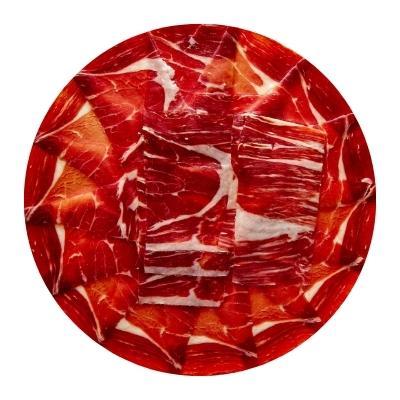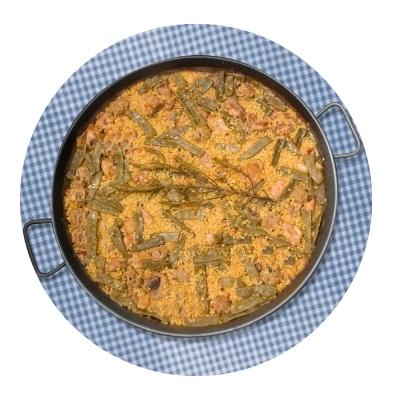Pata Negra Ham and its Competitors

It is well known that pata negra ham is one of the best in the world, a well-deserved fame earned years ago. But there are other places, especially in Europe, where products similar to Spanish ham have been produced for centuries.
Italian and French hams
Already in the time of ancient Rome, some of its inhabitants copied the techniques used in Hispania to produce and cure hams and imported them to their regions of origin, giving rise to different products derived from ham.
Prosciutto di Parma goes through a process of fat removal by manual handling with salt, before being dried. Coppa, from Calabria, is a sausage made from ham, from which the bone is removed and macerated in various spices, then stuffed into natural casings and cured for several months.
French hams are quite different from Spanish hams. First the hoof is removed and sometimes they are subjected to a smoking process. The jambon cru has different degrees of quality depending on the degree of curing and the best known denominations are those of Bayonne and Ardenne.
Hams from other parts of the world
In other countries there are products similar in appearance to Spanish ham, but in no case do they come close to the quality and prestige of pata negra Iberian ham. In Germany, a widely consumed ham is produced from the boneless piece, which is macerated, salted and smoked with noble woods. In China, Jinhua hams are popular, produced by copying the techniques used to produce Iberian ham, but with irregular results. Hungarian mangalica ham made from mangaliza pigs crossed with duroc is quite well known and is a product with a good proportion of infiltrated fat. Other countries such as Romania and Croatia produce hams with techniques similar to Spanish Serrano ham.
Ham in the Iberian Peninsula
One of the reasons why pata negra de bellota ham is an incomparable product is because of the feed that the Iberian pigs find in the Dehesas of the Iberian Peninsula. The dehesa extends over large areas of the Spanish territory such as the Pedroches Valley in Córdoba, Extremadura or the Sierra de Aracena in Huelva and the Alentejo in Portugal. Although the Portuguese presunto is partly overshadowed by the omnipresent Spanish Iberian ham, there are some highly valued specialties such as Presunto de Barrancos, a ham of excellent quality.
It is interesting to learn about the different techniques and flavors that are achieved from a piece of ham, but the conclusion we reach is that Spanish ham, especially pata negra ham, is considered the best in the world. A prestige achieved thanks to the strict control and traceability system in the production of Iberian hams in Spain, which ensures the purity of the breed, feed and curing procedures.
SHARE:





